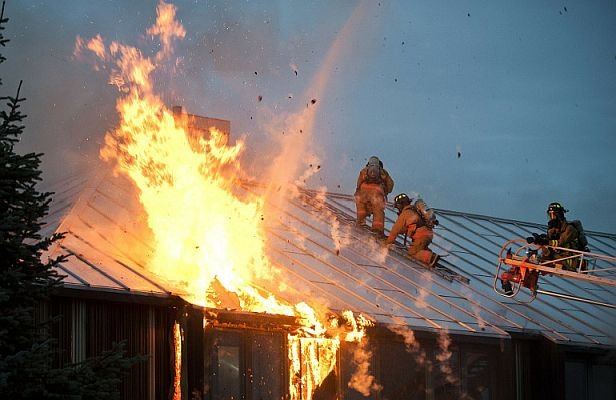According to a recent research, the worldwide rooftop solar industry was worth $62.4 billion in 2019 and is expected to increase at a compound annual growth rate (CAGR) of 6.9 percent from 2020 to 2025.
The advantages of rooftop solar are immeasurable. With PV costs competitive with grid rates, climate change effects increasing, energy and carbon savings readily computed, and your rooftop likely underutilized real estate, there has never been a better moment to include solar.

However, because of varied installation procedures, fierce manufacturer rivalry, and sometimes conflicting interests between operations and maintenance (O&M) providers and end-users, the possibility of rooftop solar fires is uncomfortably prevalent.
According to a sampling of hundreds of commercial scale rooftop inspections conducted internationally by Clean Energy Associates (CEA), over 90% of evaluated roofs posed major safety and fire hazards.
The three most prevalent factors that provide an immediate fire hazard are as follows:
- Wires with jagged edges
- Incorrect inverter terminations/heavy scoring on wires
- Connectors that are improperly constructed or misaligned
So how did these seemingly insignificant concerns arise in the first place, and why are they so pervasive across the business globally?

Three factors contribute to the response to this question:
- uneven and significantly variable installation techniques,
- erroneous or incomplete connection information, and
- competing agendas between O&M suppliers and system owners.

Identifying and fixing safety concerns with your rooftop solar systems is simple, and completing due diligence up front may result in considerable cost savings (both real and reputational). If your site has been electrified for more than five years, the likelihood of these difficulties occurring increases. The best approach to inspect your rooftop for fire hazards is to rely on the skilled eye of a licensed installation.
Reference- PV Magazine, Clean Energy Associates website, Clean Technica






